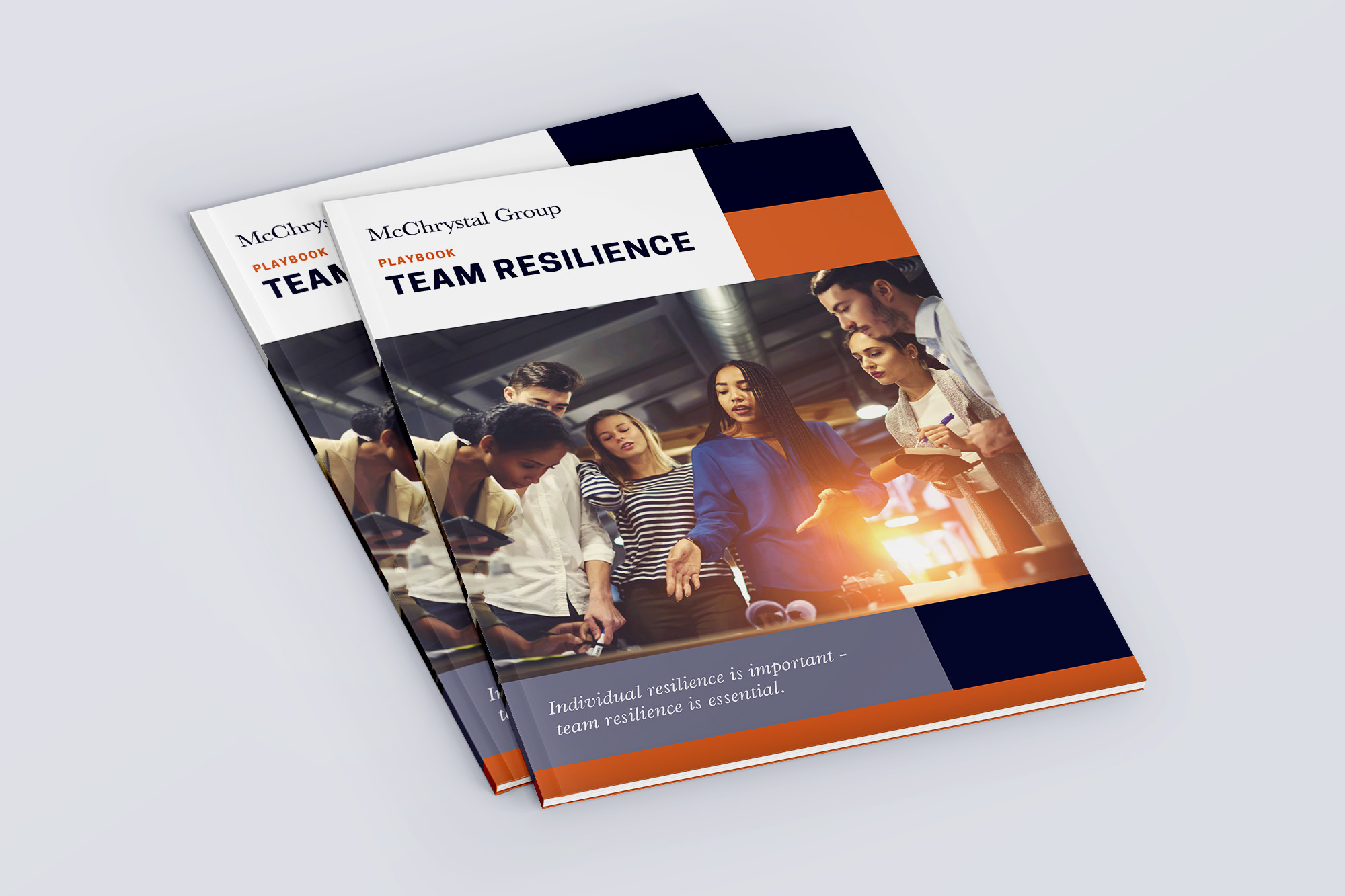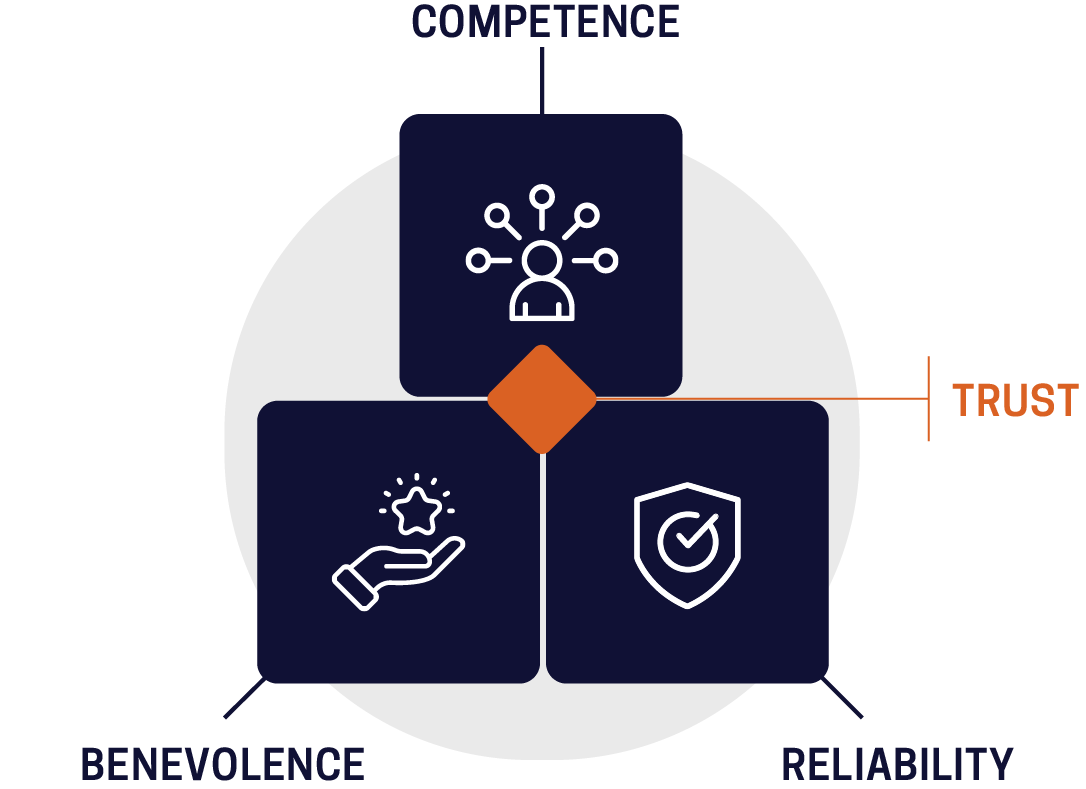Trust underpins success in all phases of the emergency management and crisis leadership life cycle, from preparation to response, recovery, and adaptation. Trust is a paradox – on one hand, the concepts are simple, and on the other hand, it is impossibly complex in application.
- The key factors for perceived trustworthiness are Competence, Benevolence, and Reliability.
- Everyone has a preference for how to prioritize these factors. Your preference influences how you perceive others' behaviors, give, and grow trust, and earn trust from others.
- The propensity to trust is a person's default likeliness level to trust others. It can make it challenging to know how to earn others' trust.
- The same factors that enable trust in teams are foundational for trust-based relationships between public and private sector emergency managers.
One of the most common reasons public and private sectors struggle to work together during a crisis is because steps weren't taken to build trust on "blue sky days" before a disruption occurs – or sustained after a crisis ends.
- For leaders who find themselves in a situation where trust is not at the level the situation requires, the first thing they can do is "check the boxes" to inventory whether competence, benevolence, and trust exists between all stakeholders.
- A key first step is to understand what emergency management capabilities teams across sectors bring to the table, especially when those capabilities might be outside the traditional roles of emergency managers.
- Szczech highlighted that building trust requires leading like a gardener; leaders have to initially set the conditions for trust to grow before a crisis, tend to the relationship, and adjust with environmental changes.
- Julie Kachgal, Director of Global Crisis Management at the Walt Disney Company, highlighted that we can't build trust if we're meeting someone and only speaking in the language or terms we use inside our silos. Emergency managers face an inherently cross-sector mission set, and therefore, they must be "multilingual." Often, public and private sector teams talk about the same thing, but their respective vernaculars become barriers to trust.








